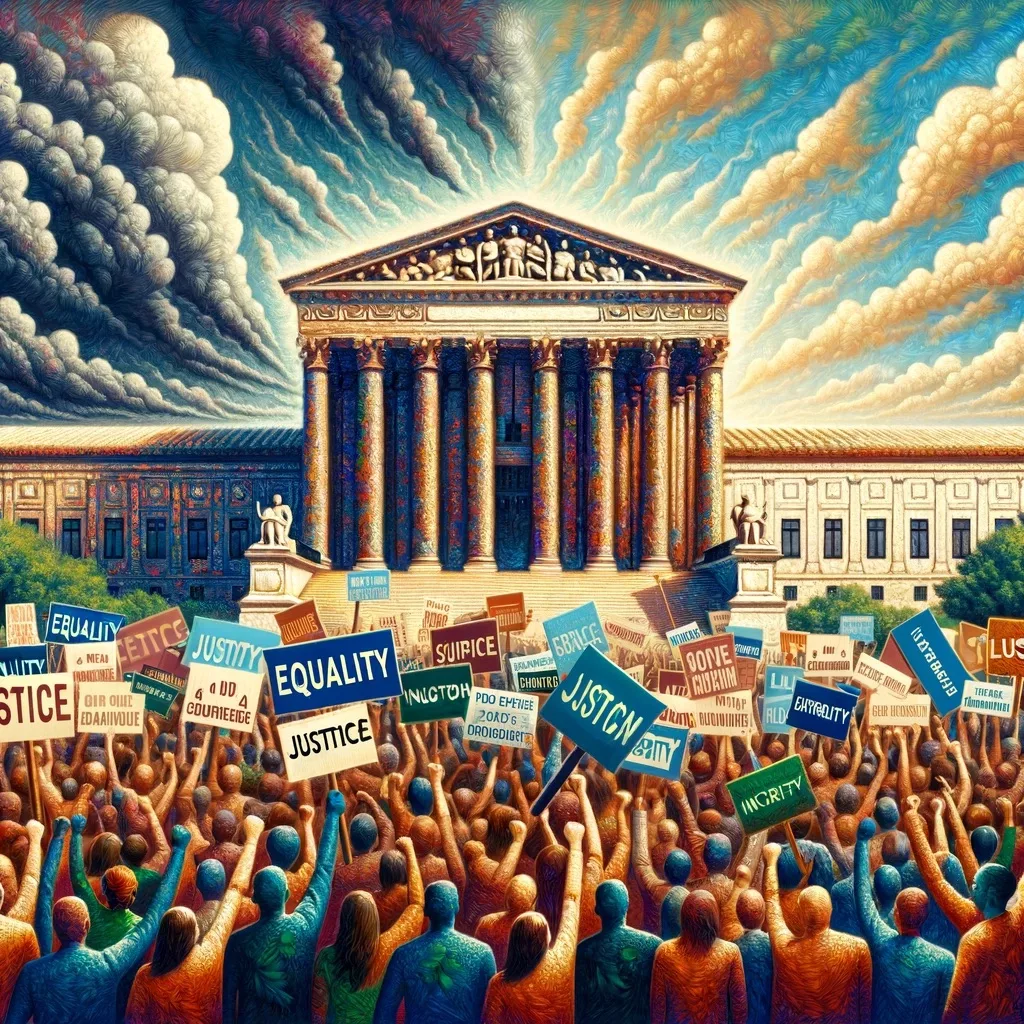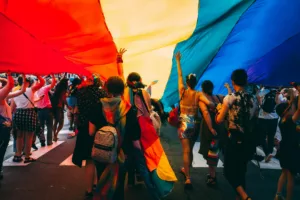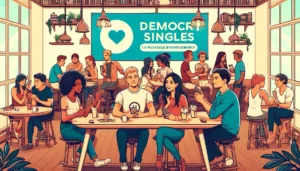The Supreme Court’s decision to reverse affirmative action policies has profound implications not just for the education sector and workplace diversity, but also for interpersonal relationships across the United States. This blog post aims to explore these multifaceted impacts, drawing on various sources and scholarly insights to provide a comprehensive overview.
The Supreme Court’s Decision: An Overview
Affirmative action policies, designed to address historical inequities by giving preferential treatment to underrepresented groups in admissions and employment, have been a subject of contention for decades. The Supreme Court’s reversal marks a significant shift in how institutions can approach diversity and inclusion efforts. This decision directly impacts colleges, universities, and employers that have relied on these policies to create more diverse and inclusive environments.
Affirmative Action Overturn: Impact on Educational Institutions
Educational institutions have long used affirmative action as a tool to ensure a diverse student body, arguing that such diversity benefits all students by exposing them to a broad range of perspectives and experiences. The Supreme Court’s reversal challenges these institutions to find new ways to maintain diversity without explicit affirmative action policies. This could lead to changes in how colleges and universities approach admissions processes, potentially emphasizing holistic reviews that consider an applicant’s personal experiences and challenges faced due to their background.
Workplace Diversity and Inclusion Efforts
In the workplace, affirmative action has played a critical role in promoting diversity and inclusion by encouraging the hiring and advancement of underrepresented groups. The Supreme Court’s decision may necessitate a reevaluation of these practices, pushing companies to innovate their approaches to maintaining diversity. This could involve more focused efforts on outreach, training, and development programs aimed at underrepresented populations, without relying on affirmative action quotas or benchmarks.
Affirmative Action Overturn: Effects on Interpersonal Relationships
The reversal of affirmative action has implications that extend beyond institutions and into the fabric of interpersonal relationships. These effects can manifest in several ways:
- Social Cohesion: The decision could influence social cohesion by affecting how individuals from different backgrounds interact with and perceive one another. Affirmative action has been both praised for fostering a more inclusive society and criticized for perpetuating perceptions of unfair advantage. Its reversal might exacerbate tensions or, conversely, prompt more organic forms of social integration.
- Perceptions of Equity and Fairness: People’s perceptions of equity and fairness may shift, influencing public discourse around privilege, opportunity, and meritocracy. This could impact how individuals from various socio-economic and racial backgrounds relate to each other, potentially altering the dynamics of workplace relationships, friendships, and community interactions.
- Empathy and Understanding: The debate surrounding affirmative action and its reversal can serve as a catalyst for deeper conversations about race, privilege, and the systemic barriers that affect underrepresented groups. Such discussions can promote empathy and understanding, fostering relationships that are more aware of and sensitive to the complexities of social identity.
Moving Forward
As society navigates the aftermath of the Supreme Court’s decision, it is crucial for individuals and institutions alike to engage in open, constructive dialogues about how to promote diversity, equity, and inclusion in ways that respect the law while acknowledging the systemic inequities that persist. Creative solutions, such as targeted outreach and mentorship programs, enhanced support services for underrepresented students and employees, and a renewed focus on socio-economic disparities, can play a vital role in ensuring that the goals of affirmative action are not lost.
In conclusion, the Supreme Court’s reversal of affirmative action is a watershed moment with far-reaching implications for educational institutions, workplaces, and the broader social fabric. By understanding these impacts and working collaboratively towards inclusive solutions, society can continue to move forward in its pursuit of equality and justice for all.
References
For a deeper understanding of the topics discussed, readers are encouraged to consult the following types of sources:
- Legal analyses and opinions: These documents provide insights into the Supreme Court’s reasoning and the legal framework surrounding affirmative action.
- Scholarly articles on diversity and inclusion: Academic research offers evidence-based perspectives on the benefits of diversity and strategies for achieving it without affirmative action.
- News articles and opinion pieces: Commentary from a broad range of viewpoints can help readers understand the diverse opinions and potential societal impacts of the Supreme Court’s decision.
As the legal, educational, and social landscapes continue to evolve, staying informed and engaged with these discussions will be crucial for navigating the complexities of post-affirmative action America.
Don’t forget to follow Lefty on our social media


















